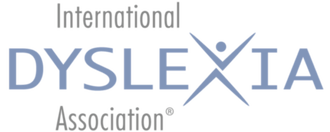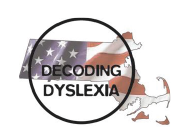About Dyslexia
What is dyslexia?
- Dyslexia is a specific disability that is neurological in origin. It is characterized by difficulties with accurate and/or fluent word recognition and by poor spelling and decoding abilities.
- These difficulties typically (but not solely) result from a deficit in the phonological component of language that is often unexpected in relation to other cognitive abilities and the provision of effective classroom instruction. The key indicators are poor rapid automatized naming speed and poor phonemic awareness.
- Secondary consequences may include problems in reading comprehension and reduced reading experience that can impede the growth of vocabulary and background knowledge.
- Although the disorder varies from person to person, common characteristics among people with dyslexia are difficulty with phonological processing (the manipulation of sounds), spelling, and/or rapid visual-verbal responding.
Top 3 Resources to Learn More
For even more, check out our resources page

|

The Landmark School's Dyslexia Primer
|

|

